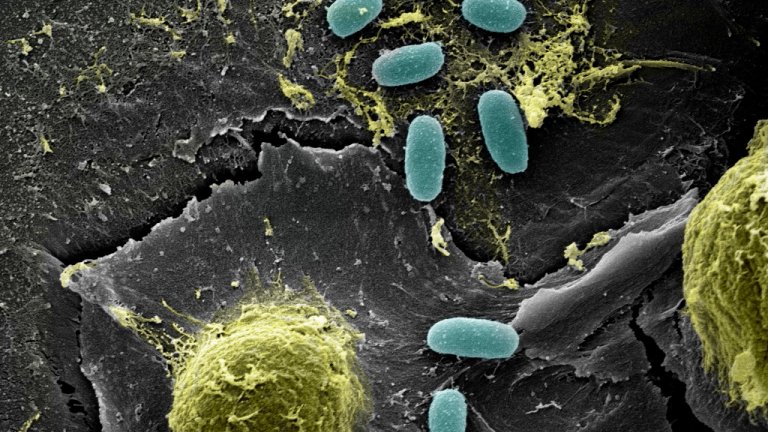
© Alexandra TER HALLE / IMRCP / CNRS Images
View the mediaFolder
The secrets of the evolution of the living world are gradually being unlocked thanks to new technologies, and also to the meticulous study of primitive organisms and fossils.

© Alexandra TER HALLE / IMRCP / CNRS Images
View the mediaFor several decades, palaeontological digs have been a source of valuable data on the living organisms that once populated the Earth. The fossils discovered are the subject of morphological and anatomical comparisons, as well as dating and genetic analyses. They allow scientists to study the diversity of life forms and identify ancestral biological processes at the genetic and molecular levels.
By using new technologies, it is now possible to analyse the structure, composition and colour of samples with even greater precision, revealing never before seen details. Modelling techniques allow us to overcome the lack of fossil data, to virtually reconstruct bones, primitive organisms or even reproduce biomechanical movements. The combination of research data from many fields allows us to refine the evolutionary trajectories of many species. At the same time, the analysis of organic matter traces allow us to date the appearance of life on Earth even more precisely.
Through the development of techniques, new forms of life have been discovered, the blob being one example. These research results regularly lead scientists to 'revisit' the tree of life, reinforcing our knowledge of the living world, its diversity, and its capacity to adapt and evolve over millions of years.
Here are some images showing an insight into the diversity of life, revealed by laboratories.
Keywords: evolution, origin of life, phylogenetic tree, evolutionary tree, phylogeny, phylogenetics, stromatolite, fossil, virus, bacteria
Our work is guided by the way scientists question the world around them and we translate their research into images to help people to understand the world better and to awaken their curiosity and wonderment.